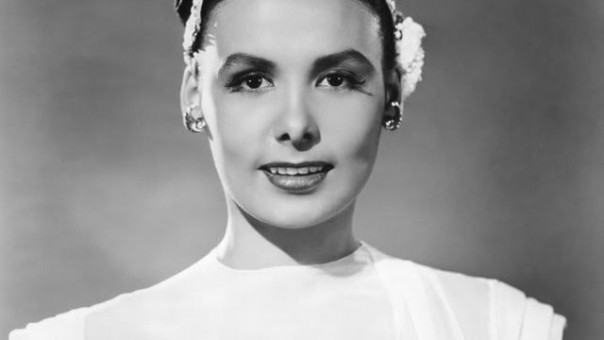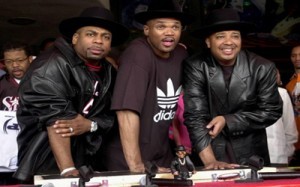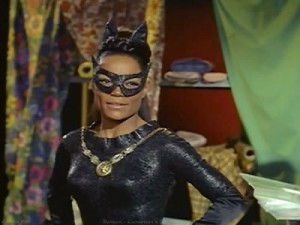Lena Horne, whose striking beauty and magnetic sex appeal often overshadowed her talent and artistry, was remarkably candid about the underlying reason for her success: “I was unique in that I was a kind of Black that white people could accept,” she once said.
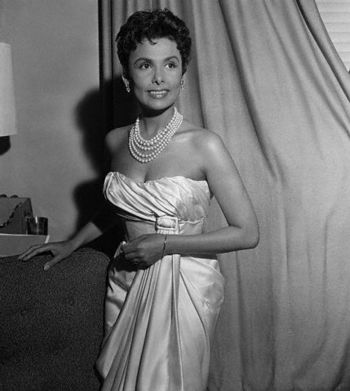
“I was their daydream. I had the worst kind of acceptance because it was never for how great I was or what I contributed. It was because of the way I looked.”
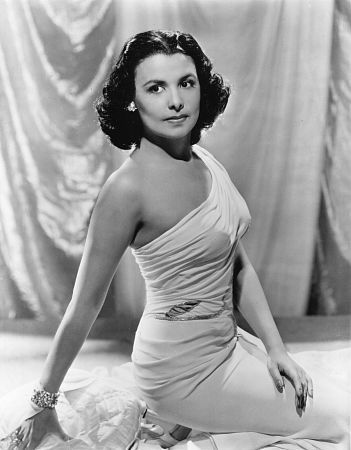
In the 1940s, Horne was one of the first Black performers hired to sing with a major white band, the first to play the Copacabana nightclub in New York City and when she signed with MGM, she was among a handful of Black actors to have a contract with a major Hollywood studio. In 1943, MGM Studios loaned her to 20th Century-Fox to play the role of Selina Rogers in the all-Black movie musical “Stormy Weather.” Her rendition of the title song became a major hit and her most famous tune.
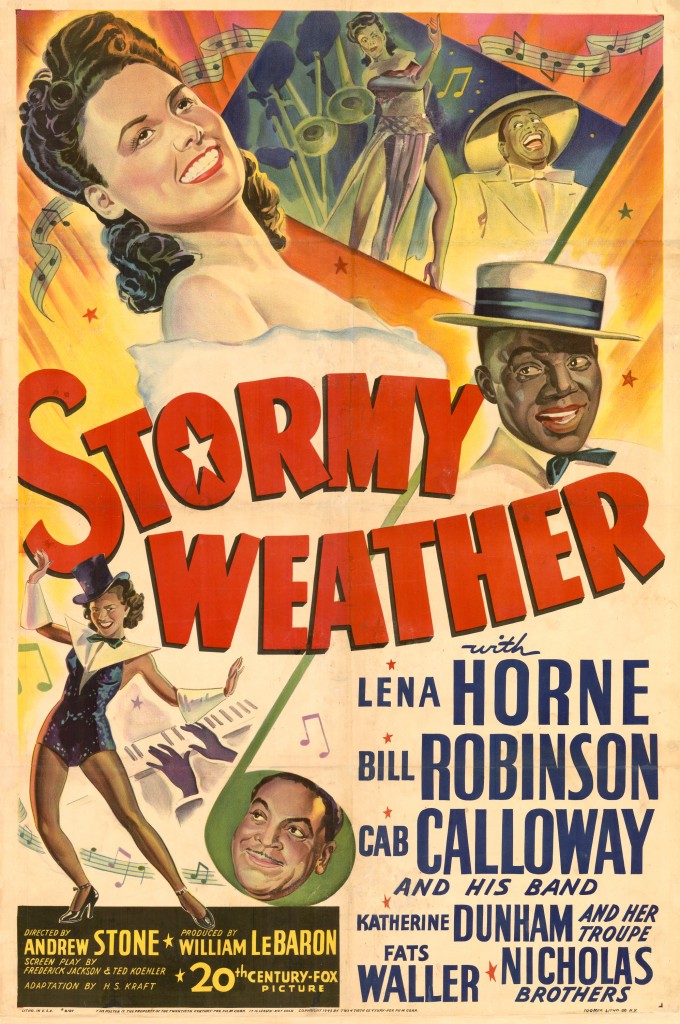
On screen, on recordings and in nightclubs and concert halls, Horne was at home vocally with a wide musical range, from blues and jazz to the sophistication of Rodgers and Hart in such songs as “The Lady Is a Tramp” and “Bewitched, Bothered and Bewildered.” In 1942’s “Panama Hattie,” her first movie with MGM, she sang Cole Porter’s “Just One of Those Things,” winning critical acclaim. In her first big Broadway success, as the star of “Jamaica” in 1957, reviewer Richard Watts Jr. called her “one of the incomparable performers of our time.” Songwriter Buddy de Sylva dubbed her “the best female singer of songs.” But Horne was perpetually frustrated with the public humiliation of racism. “I was always battling the system to try to get to be with my people. Finally, I wouldn’t work for places that kept us out. … It was a damn fight everywhere I was, every place I worked, in New York, in Hollywood, all over the world,” she said in Brian Lanker’s book “I Dream a World: Portraits of Black Women Who Changed America.”
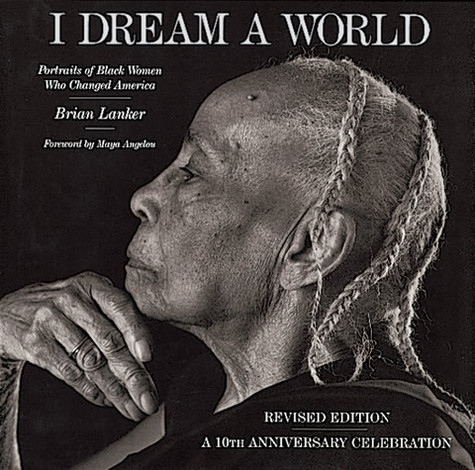
While at MGM, she starred in the all-Black “Cabin in the Sky,” in 1943, but in most of her other movies, she appeared only in musical numbers that could be cut in the racially insensitive South without affecting the story. These included the Red Skelton comedy “I Dood It,” “Thousands Cheer” and “Swing Fever,” all in 1943; “Broadway Rhythm” in 1944; and “Ziegfeld Follies” in 1946.
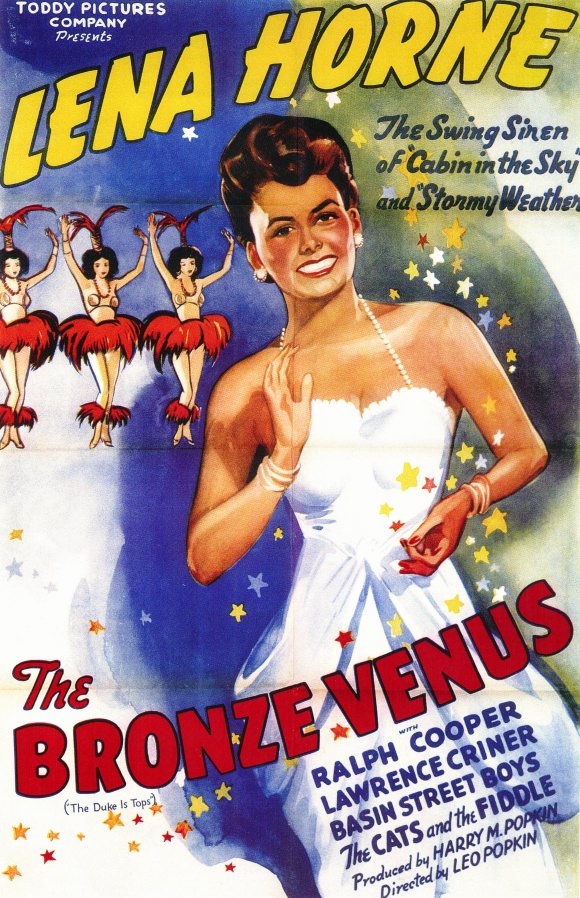
Bronze Venus is from the collection of The Museum of UnCut Funk
One of the most glaring exclusions, though, was the MGM remake of “Show Boat.” Horne, who had appeared in the role of Julie in a “Show Boat” scene in a 1946 movie about Jerome Kern, seemed a logical choice for the 1951 movie, but the part went to a white actress, Ava Gardner, who did not sing.
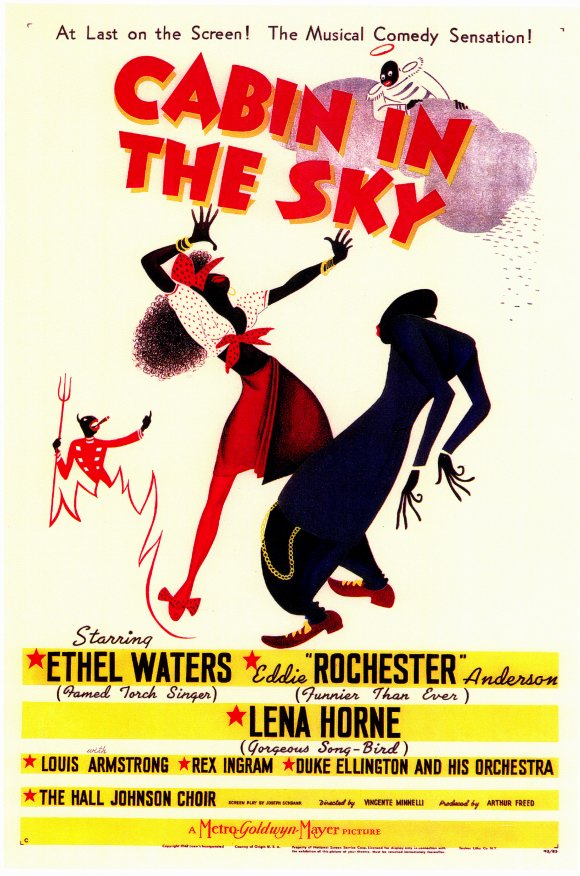
“Metro’s cowardice deprived the musical of one of the great singing actresses,” film historian John Kobal wrote. “She was a very angry woman,” film critic-author-documentarian Richard Schickel, who worked with Horne on her 1965 autobiography, said Monday. “It’s something that shaped her life to a very high degree. She was a woman who had a very powerful desire to lead her own life, to not be cautious and to speak out. And she was a woman, also, who felt in her career that she had been held back by the issue of race. So she had a lot of anger and disappointment about that. I’m talking particularly about her movie career.”
Early in her career, Horne cultivated an aloof style out of self-preservation, becoming “a woman the audience can’t reach and therefore can’t hurt,” she once said.
Later, she embraced activism, breaking loose as a voice for civil rights and as an artist. In the last decades of her life, she rode a new wave of popularity as a revered icon of American popular music.
Her 1981 one-woman Broadway show, “Lena Horne: The Lady and Her Music,” won a special Tony Award. In it, the 64-year-old singer used two renditions — one straight and the other gut-wrenching — of “Stormy Weather” to give audiences a glimpse of the spiritual odyssey of her five-decade career.
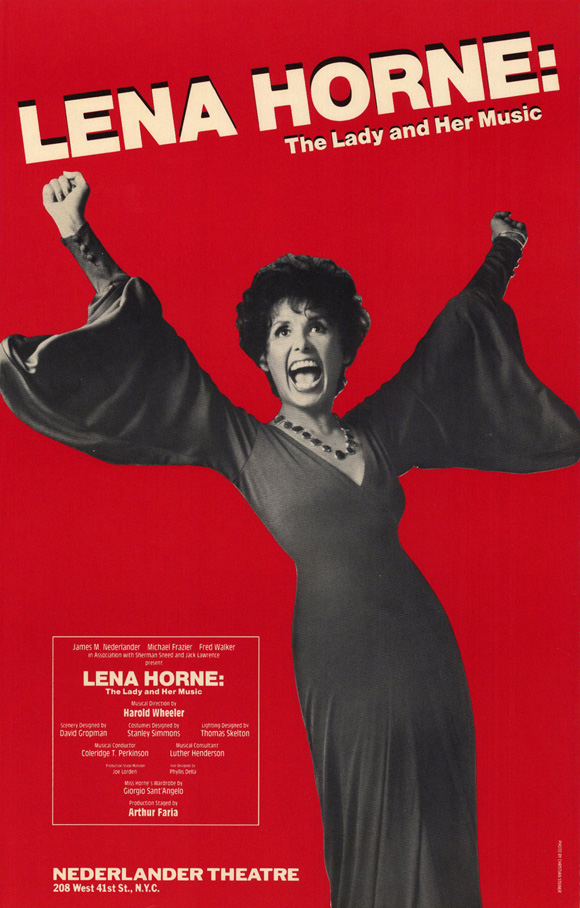
Broadway Window Card from the collection of The Museum of UnCut Funk
A sometimes savage critic, John Simon, wrote that she was “ageless … tempered like steel, baked like clay, annealed like glass; life has chiseled, burnished, refined her.”
Lena Mary Calhoun Horne was born in Brooklyn on June 30, 1917, to a leading family in Black society. Her daughter, Gail Lumet Buckley, wrote in her 1986 book “The Hornes: An American Family” that among their relatives was Frank Horne, an adviser to President Franklin D. Roosevelt.
She was largely raised by her grandparents as her mother, Edna Horne, pursued a career in show business. Lena Horne dropped out of high school at age 16 and joined the chorus line at the Cotton Club, the fabled Harlem night spot where the entertainers were Black and the clientele white. She left the club in 1935 to tour with Noble Sissle’s orchestra, billed as Helena Horne, the name she continued using when she joined Charlie Barnet’s white orchestra in 1940.
A movie offer from MGM came when she headlined a show at the Little Troc nightclub with the Katherine Dunham dancers in 1942. Her success led some Blacks to accuse Horne of trying to “pass” in a white world with her light complexion. Max Factor even developed an “Egyptian” makeup shade especially for the budding actress while she was at MGM. But she refused to go along with the studio’s efforts to portray her as an exotic Latin American.
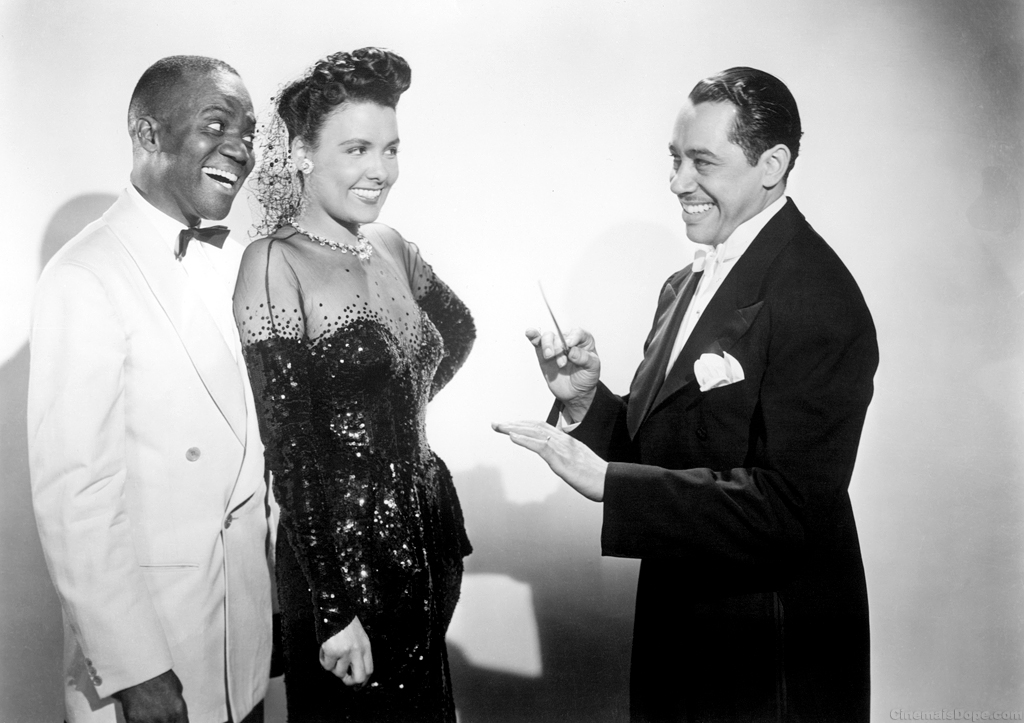
“I don’t have to be an imitation of a white woman that Hollywood sort of hoped I’d become,” Horne once said. “I’m me, and I’m like nobody else.” Horne was only 2 when her grandmother, a prominent member of the Urban League and the National Association for the Advancement of Colored People, enrolled her in the NAACP. But she avoided activism until 1945 when she was entertaining at an Army base and saw German prisoners of war sitting up front while black American soldiers were consigned to the rear.
That pivotal moment channeled her anger into something useful.She got involved in various social and political organizations and — along with her friendship with singer-actor-activist Paul Robeson — got her name onto blacklists during the red-hunting McCarthy era.
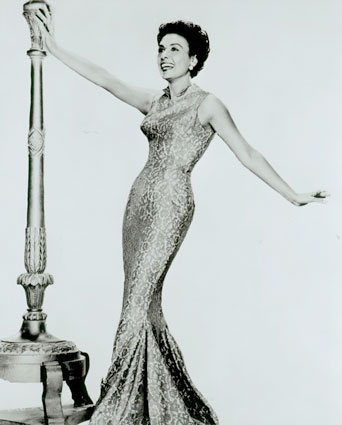
By the 1960s, Horne was one of the most visible celebrities in the civil rights movement, once throwing a lamp at a customer who made a racial slur in a Beverly Hills restaurant and, in 1963, joining 250,000 others in the March on Washington for Jobs and Freedom when Martin Luther King Jr. gave his “I Have a Dream” speech. Horne also spoke at a rally that year with another civil rights leader, Medgar Evers, just days before his assassination.
The next decade brought her first to a low point, then to a fresh burst of artistry. She appeared in her last movie in 1978, playing Glinda the Good in “The Wiz,” directed by her son-in-law, Sidney Lumet.

Horne had married MGM music director Lennie Hayton, a white man, in Paris in 1947 after her first overseas engagements in France and England. An earlier marriage to Louis J. Jones had ended in divorce in 1944 after producing daughter Gail and a son, Teddy. In the 2009 biography “Stormy Weather,” author James Gavin recounts that when Horne was asked by a lover why she had married a white man, she replied: “To get even with him.” Her father, her son and her husband, Hayton, all died in 1970 and 1971, and the grief-stricken singer secluded herself, refusing to perform or even see anyone but her closest friends. One of them, comedian Alan King, took months persuading her to return to the stage, with results that surprised her.
“I looked out and saw a family of brothers and sisters,” she said. “It was a long time, but when it came I truly began to live.” And she discovered that time had mellowed her bitterness. “I wouldn’t trade my life for anything,” she said, “because being Black made me understand.”
Contributor: The Associated Press
The Museum of UnCut Funk: Rest in peace Ms. Lena you will be missed but your spirit will live on.

